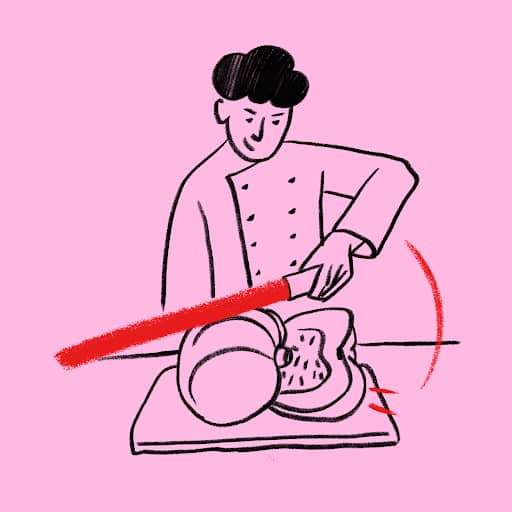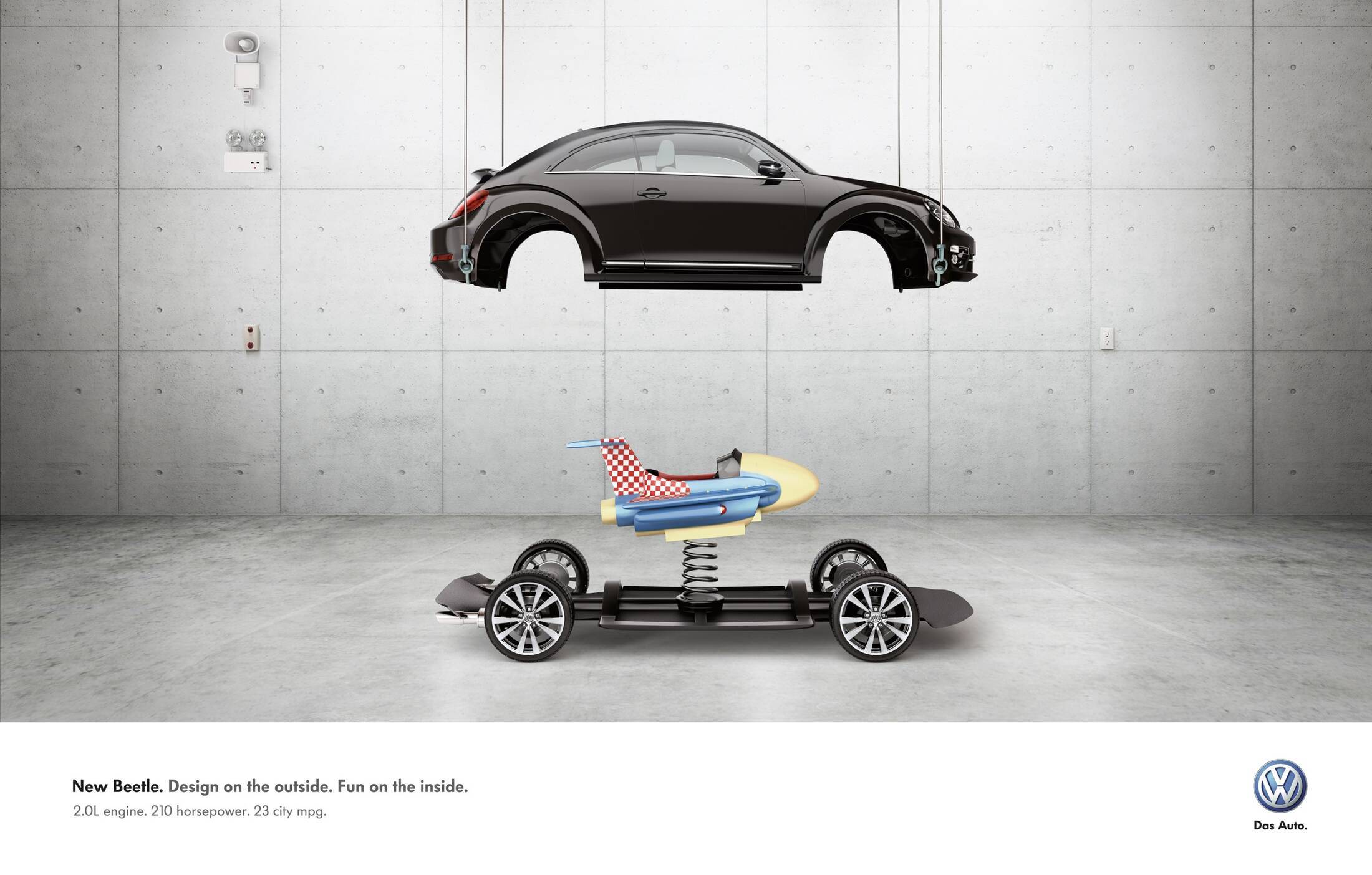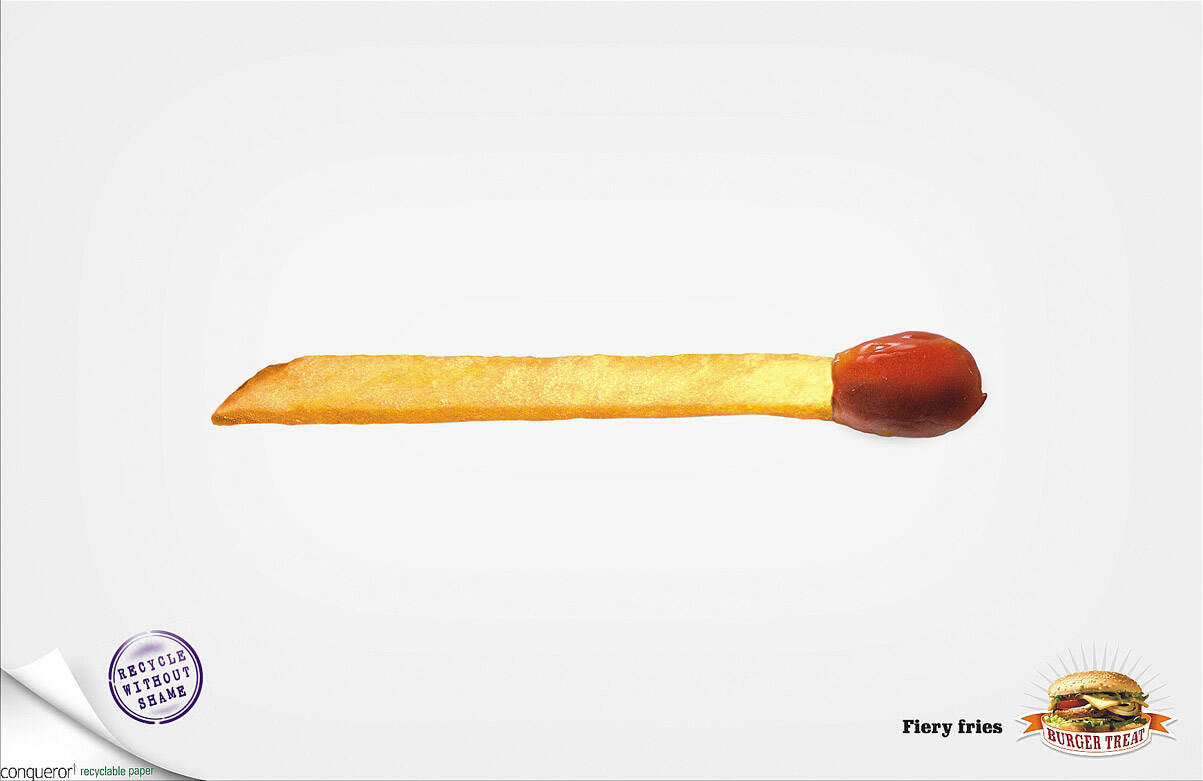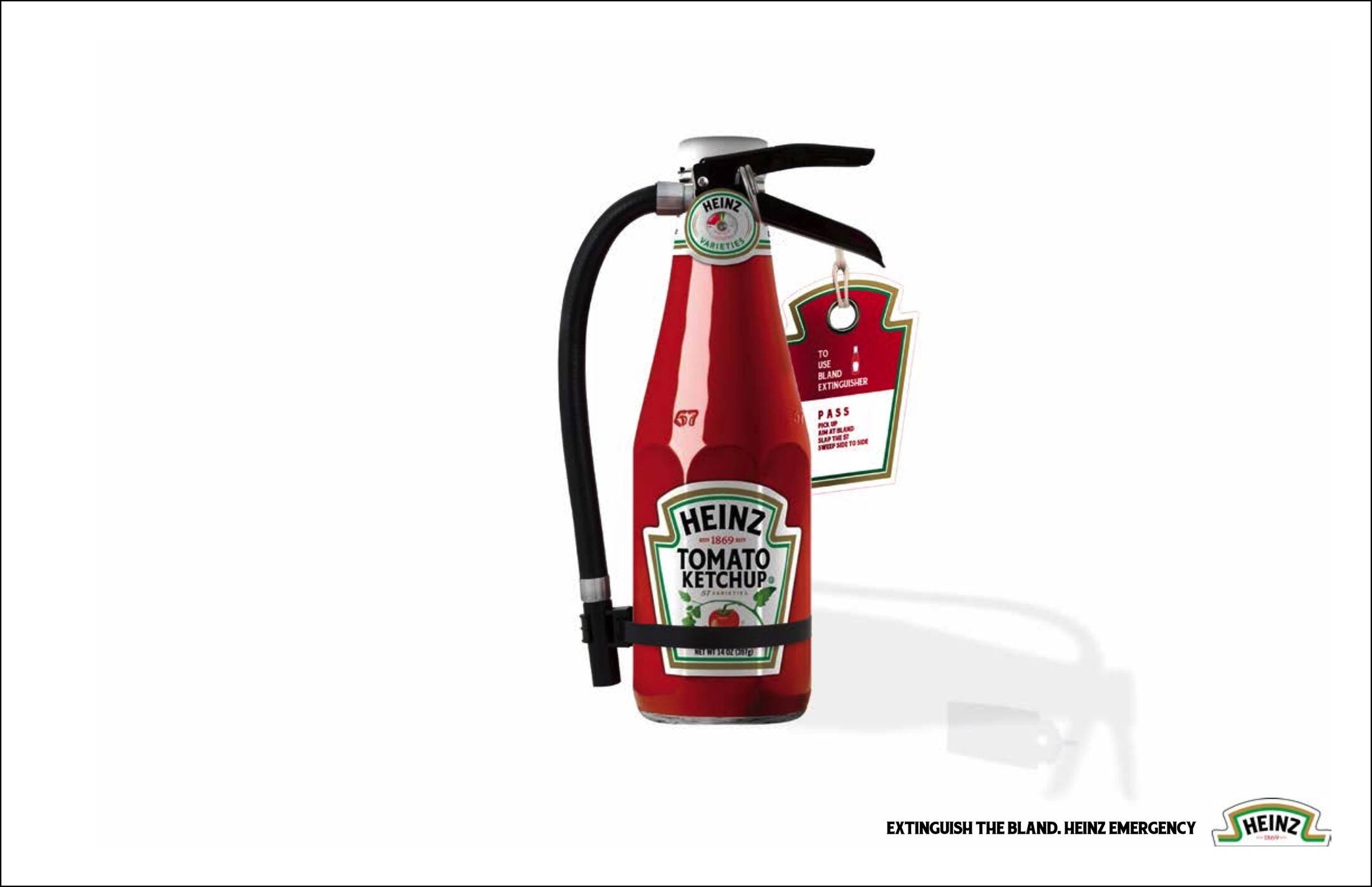#5 Analogies and Substitutes: The creative technique You'll love
Jan 26, 2025
Hey there,
Let's start this Sunday with a quick story about Michelangelo and the statue of David.
When someone asked Michelangelo how he managed to create something so extraordinary, he replied, “It’s simple. I just took a block of marble and chiseled away everything that didn't look like David.”
I like to think Michelangelo would’ve made a killer marketer.
Chiseling away distractions?
That’s basically the brief for every creative campaign ever. Great creativity doesn’t start with endless inspiration. It starts with a clear vision of what you’re after and the discipline to remove anything that doesn’t belong:
- When crafting a message, you’re not looking for everything your product does; you’re looking for the one key trait that defines it.
- When applying creativity, your focus is on building something extraordinary around that trait while chiseling away the distractions.
Today, we’ll explore a creative technique that does just that. Ready to turn your next creative block into something brilliant? Let’s dive in.
Step 1: Everything starts with clarity
Before you can wow your audience with creativity, you need to nail your message.
Without clarity, even the best creative technique can feel like a bad joke with no punchline. In creative context, we are shooting for a clear two word structure – an adjective + a noun.
If you missed last week’s newsletter, I shared a simple two-step process for crafting a clear message. Catch up here.
Now, let’s take your two-word message and turn it into a creative puzzle with one of the easiest creative techniques: Analogies and Substitutes.
Step 2: The Analogies and Substitutes creative technique
This technique is all about replacing the expected with the unexpected.
It creates a fresh perspective on your product. Here’s how it works:
1️⃣ Describe a typical product use scene: Identify a common scenario where your product is used as intended.
2️⃣ Focus on the adjective in the message: Pinpoint the key trait (it is represented by the adjective) in your message. Brainstorm objects or situations that share the same trait, but otherwise have nothing in common with your product.
3️⃣ Pick a substitute and replace the product: Choose the substitute you like best and replace the product in the typical use scene with this new object.
4️⃣ Craft the text explanation: Write a concise text message that resolves the ambiguity created by the substitute. The text should clarify what the audience is looking at and deliver your message effectively.
This is how it works
Let's say I am working with kitchen knives as a product. And my message is: Sharp knives
- Typical product use scene: Someone slicing veggies on a cutting board.
- Adjective: Sharp.
- Substitute brainstorm: What else is sharp? Razor blade, surgical scalpel, light saber (Star Wars geek alert), shark teeth, etc.
- Substitute chosen: Light saber.
- Visual result: A person slicing veggies with a light saber—unexpected, memorable, and instantly intriguing.
- Text explanation: “Cut through anything with super sharp knives from Brand X.

Light sabers might not be standard kitchen equipment (yet), but they sure make a sharp point about your product.
Why substitutes work
They guide your audience through three stages of your ad:
- Grabs attention: The unexpected twist makes people stop scrolling.
- Sparks curiosity: The use of a substitute creates a mental puzzle your audience wants to solve (Why is there a light saber here?).
- Delivers clarity: The text explanation resolves the lack of clarity, leaving your message clear and memorable.
Good creative work doesn’t whisper, ‘Excuse me, can I have a moment of your time?’. No – it yells, ‘HEY, LOOK AT THIS!’ and then hands you a puzzle to solve.
That’s the secret sauce we’re working with here.
Real-world examples
Here are some standout campaigns from creative agencies that mastered the Analogies and Substitutes technique.
#1 Volkswagen: Fun experience
Agency: Publicidad Causa, Lima, Peru

#2 Casa&Video: Light (air fried) food
Agency: Propeg, Rio de Janeiro, Brazil

#3 Burger King - Fiery Fries
Agency: Y&R Everest, Mumbai, India

#4 Heinz Emergencies (Instant flavor)
Ad school: S.I. Newhouse School of Public Communication, Syracuse, USA

Each of these campaigns uses a creative substitute to transform a clear product trait into a compelling, attention-grabbing story:
1️⃣ All examples work as Creative Equations, replacing the product with a substitute that shares its key trait.
2️⃣ The substitute turns each ad into a creative puzzle, making the audience pause and think, “What’s going on?”
3️⃣ These substitutes are derived from a clear adjective included in the core message.
4️⃣ Each example resolves the ambiguity caused by a substitute with a clear explanation.
5️⃣ The end result guides the audience through three stages: Attention, Curiosity, Clarity.
Want more?
If you’re dealing with messages or creative tasks daily, check out my free email course. It covers two methods for crafting a message and 4 creative techniques to turn your message into a creative puzzle. Clear and actionable steps you can start using right away.
A Sunday thought
Creativity isn’t about reinventing the wheel; it’s about putting a fresh spin on it.
That’s the power of the Analogies and Substitutes technique. It takes something clear and familiar (your product’s key trait) and gives it an unexpected twist. This turns your ad into a creative puzzle the audience is eager to solve.
So, grab a metaphorical chisel and start carving out something brilliant.
Until next time,
Tomas
Remember: 🛠️ Start Clear. 💡 End Creative.


